I was scrolling through Facebook one evening when I noticed an odd image that someone had posted on my page. It was a screenshot of a solitary Black man on roller skates, freeze-framed in the middle of a country road flanked by horse pastures.
As I clicked on the video I braced myself, expecting to see a Black person being brutalized by police or accosted in public by White strangers. But that’s not what I saw.
The man flashed a wide smile and he started to dance. He had a gray beard, but he skated like someone 20 years younger: rolling his shoulders, shimmying his hips while Mary J. Blige sang “Not Gon’ Cry” in the background. Soon I was smiling, too.
The video had no caption, but I had a name for what I was watching: It was a snapshot of what I call “trauma-free Blackness.”
Here’s my wish: more trauma-free Blackness.
It’s been a rough few years for most Black people. We watched videos of Black men being brutalized or killed and read about Black women fatally shot in their homes by police. We’ve watched a pandemic devastate our community. At times I, too, have felt exhausted by what one writer calls “the relentlessness of Black grief.”
But my boogie-down skater buddy reminded me of something I had almost forgotten: There is a Blackness that exists outside of trauma.
There are vast regions of Black life that have nothing to do with suffering or oppression. We lead lives that are also filled with joy, romance, laughter and astonishing beauty, but those stories don’t tend to grab the headlines. It’s time to change that.
What follows are my favorite examples of “trauma-free Blackness” – striking expressions of Black life that aren’t filtered through the lens of racism.
I also asked my CNN colleagues to join me in creating a list of our favorite trauma-free moments. To do so we pored through movies, TV, music, art, literature, internet memes and other slices of Black culture. It’s by no means an exhaustive list – just a good place to start.
This in no way means to minimize racism’s impact on Black people. I’m a Black journalist who believes such stories are needed now more than ever.
But Black lives should matter outside of trauma. Any true racial reckoning should acknowledge all of our humanity – not just when we’re dying.
These examples show why.
I’m proud of what one author called “the rugged endurance” of Black people. We’ve found a way to laugh, dance and create art of breathtaking beauty despite everything we’ve experienced. None of that resilience, though, would be possible if we hadn’t created a set of traditions that help us survive.

The magic of Black girls’ play – Black children weren’t always allowed the same freedoms as other kids on the playground, but witness the joys of Double Dutch. Here Taylor Blackwell, 9, jumps rope while her mom Danielle Blackwell and sister Jaelynn,12, turn on June 27, 2020, at Black Lives Matter Plaza in Washington, DC.

Black family reunions – Slavery was designed to destroy Black families. Slaveowners routinely sold the children of slaves or split up married couples. Yet many slaves somehow found a way to maintain family ties. No wonder so many Black families like this one place great importance on preserving annual gatherings.
Homecomings at historically Black colleges and universities are “part family reunion and part revival.” For many Black people like myself, attending a Black college was like joining an extended family. It was liberating to be in a place where we didn’t have to explain ourselves to White people. Homecomings bring back all of those memories.

Greek Step Shows – I got my first sustained exposure to Black Greek subculture when I attended Howard University. I couldn’t quite understand the appeal of watching Black Greek groups performing complex, synchronized routines. Now I do. It’s a dramatic and athletic spectacle that combines chanting and singing. It’s about pride and showmanship. It’s also a lot of fun.
“Soul Train’s” iconic dance line – It’s hard to decide what’s more impressive – the Afros, the outfits or the retro dance moves from this popular music showcase, which ran on TV for 35 years. The “hippest trip in America” is no longer on the air, but its dance line endures at weddings and house parties across America.
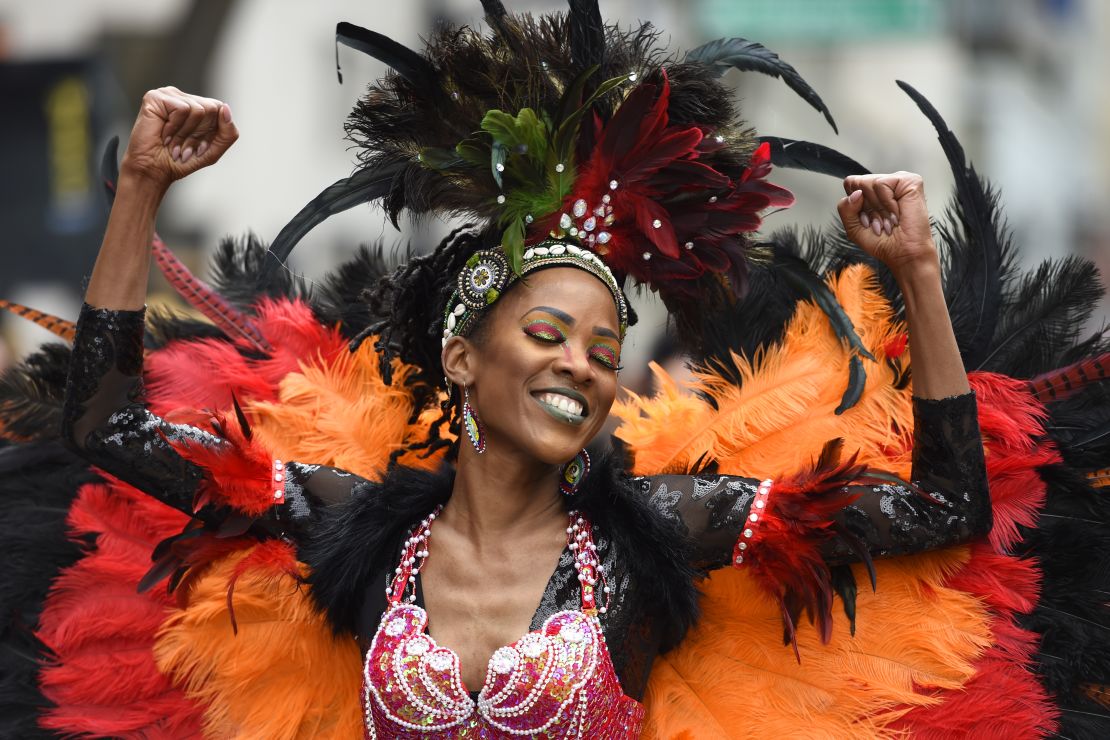
Black Joy Parade – This celebration of Black culture and community brings thousands to downtown Oakland, California, each winter. It’s inspiring to see Black people take to the streets to protest injustice. But it’s also refreshing to see us gather in public to celebrate something that’s often been so elusive for many of us: joy. Just witness Rochelle Westbrooks of Sacramento, dancing at the parade in 2019.
The Internet is a cruel repository for images of Black suffering. But it is also stuffed with GIFs, viral videos and stories about Black people that are clever, funny, inspiring and sometimes strange. My favorite involves a leprechaun in Alabama.
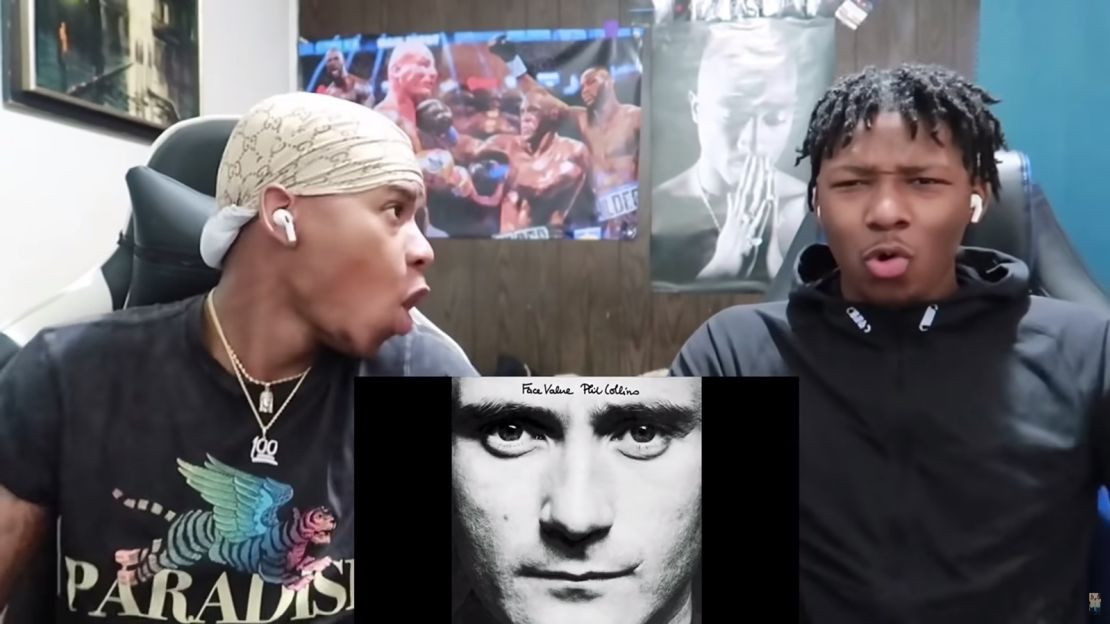
The YouTube twins – How can you not chuckle at the giddy repartee of these two young Black music lovers who film their reactions to hearing songs like Phil Collins’ “In the Air Tonight” for the first time. Black male teenagers are often vilified as criminals or thuggish rappers, so it’s good to see two cheerful young Black men gain attention for something as simple as their love for all kinds of music.
Two real-life besties reunite – It’s been said that racism is not inherent and that kids are taught to hate. This video of two toddlers – one Black, one White – enthusiastically greeting one another offers a tantalizing glimpse of what the world would look like if people didn’t care about color.
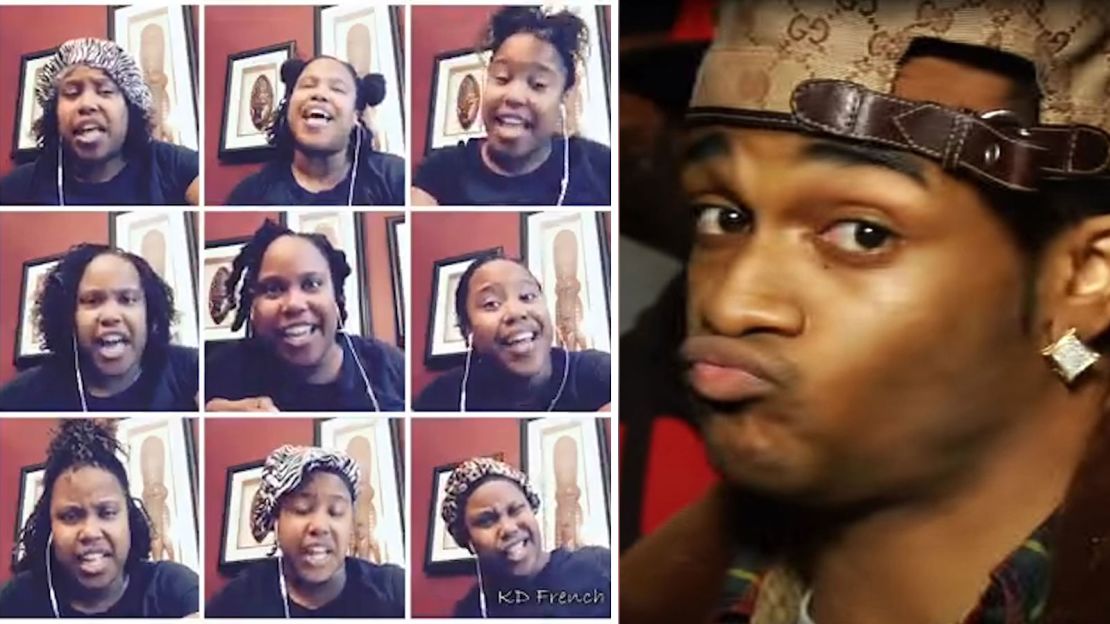
KD French’s pandemic song – The singer wrote a witty gospel tune about putting on pandemic pounds. Black churches are full of great singers who can inject joy into the saddest occasions. French found a way to make me smile in the middle of a pandemic.
The battle rap moment that’s immortalized as a meme – One of the staples of Black culture is our relish for verbal combat. Any Black person who has ever “played the dozens” as a kid knows what it’s like to be on the receiving end of a playful insult such as, “Yo momma is so fat when she got on the scale it said, ‘I need your weight, not your phone number.’” The look on this rapper’s face when his opponent tripped over his words has become a meme classic.
This Black dude has it all figured out – The smartest person in the room has almost always been portrayed as a White guy. This meme, pulled from “#HoodDocumentary,” a British fake documentary series, broke that pattern.
“The most soothing man on TikTok” – Young Black men have typically been portrayed as hyperviolent or hyperathletic. This one is different: hyperchill.
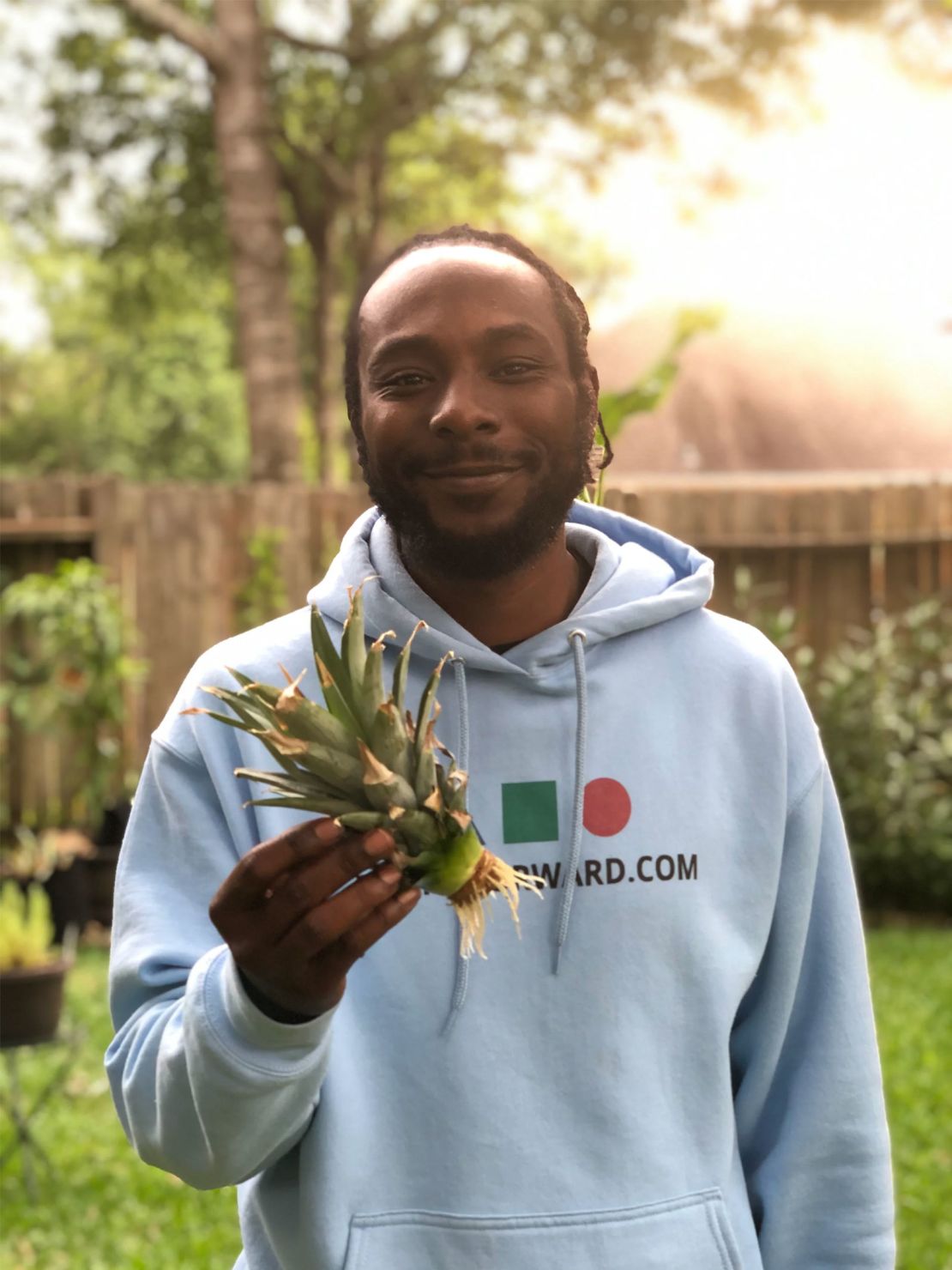
Garden Marcus shares some growing tips – Marcus Bridgewater, aka “Garden Marcus,” has gained fame on TikTok as a novel source of gentle wisdom on botany and life. There’s nothing but “plants and positivity” in this Black sage’s videos.
Sometimes it feels like almost every Hollywood story about Black America is framed through the lens of anger, violence or despair. But these movies about Black people offer romantically, funny and inspiring alternatives.
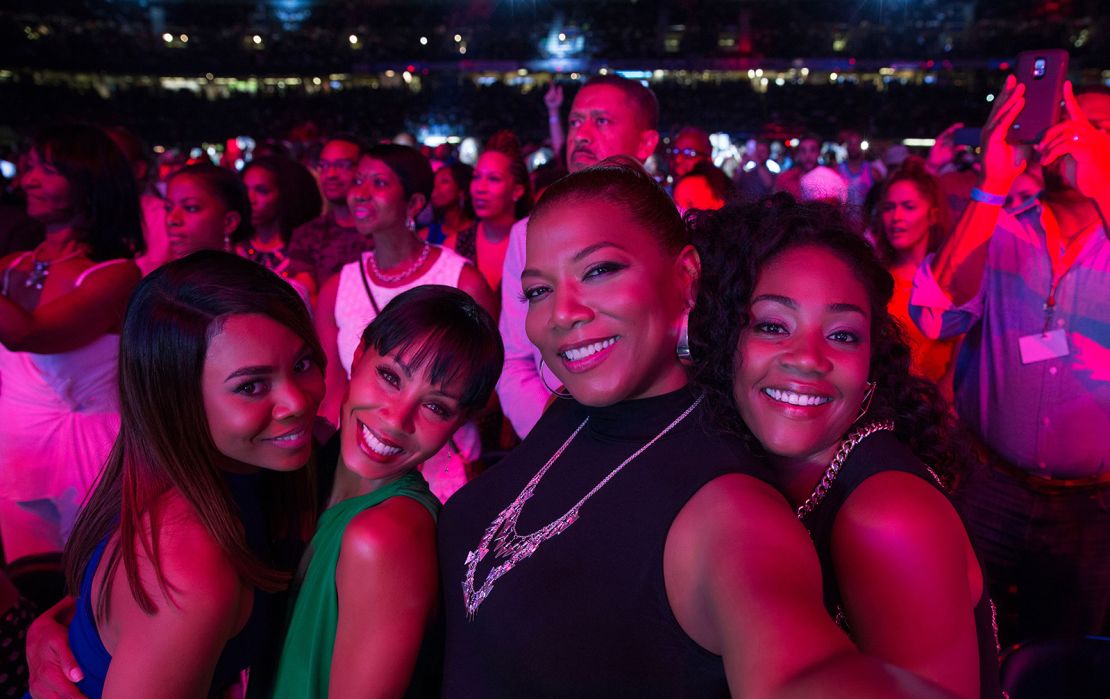
“Girls Trip” – Mainstream movies too often depict Black women as stern matriarchs or the sassy best friend. “Girls Trip” offered something else: Black women being raw and real and funny, just like anyone else. The 2017 film is a raunchy tale of a group of friends partying down at the Essence Festival in New Orleans.
“The Photograph” – The conversations between the lovers in this 2020 movie are witty and thoughtful, and no one is yelling or cursing at one another. That’s how one critic described “The Photograph,” which portrays the love affairs of two generations of Black couples. I love the look of the film as much as the story. It’s rare to see a movie showing healthy Black couples trying to make a relationship work.
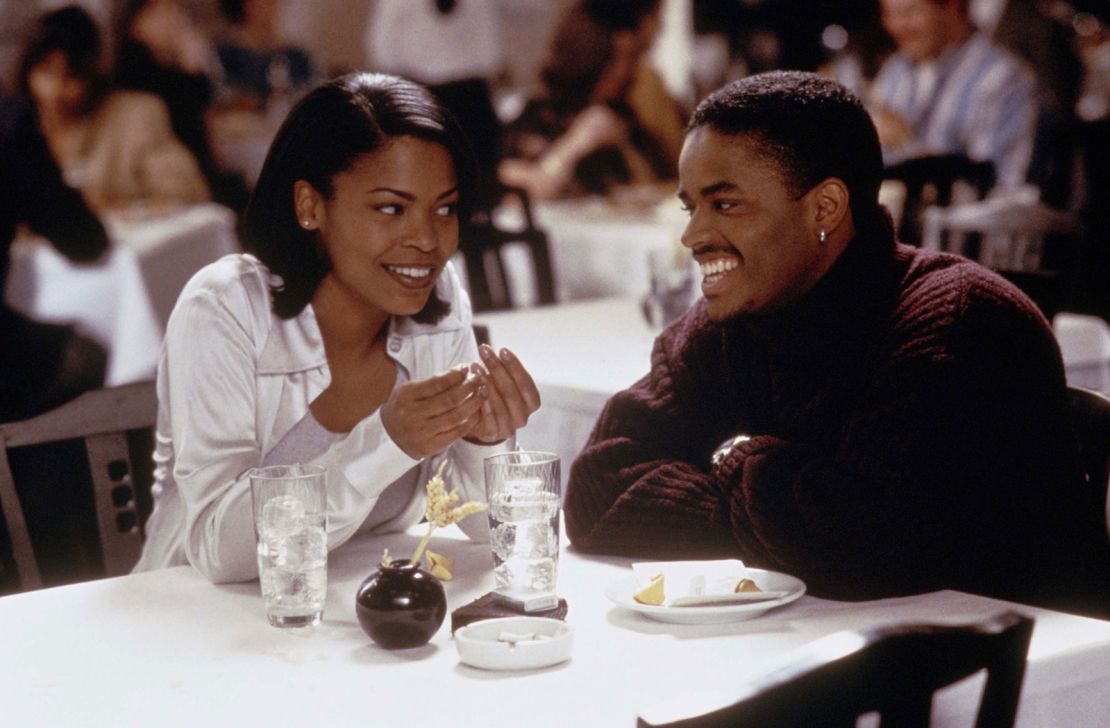
“Love Jones” – I knew young Black couples who were urbane, witty and fashionable, but I never saw them depicted in movies. Then came “Love Jones.” The film didn’t attract much attention when it came out in 1997, but the romantic drama about two young urban sophisticates trying to connect has since become a classic.
“When We Were Kings” – This documentary about Muhammad Ali’s famous 1974 bout with George Foreman in Zaire is about so much more than boxing. Few films have captured in such a thrilling, non-preachy way the essence of Black Pride.
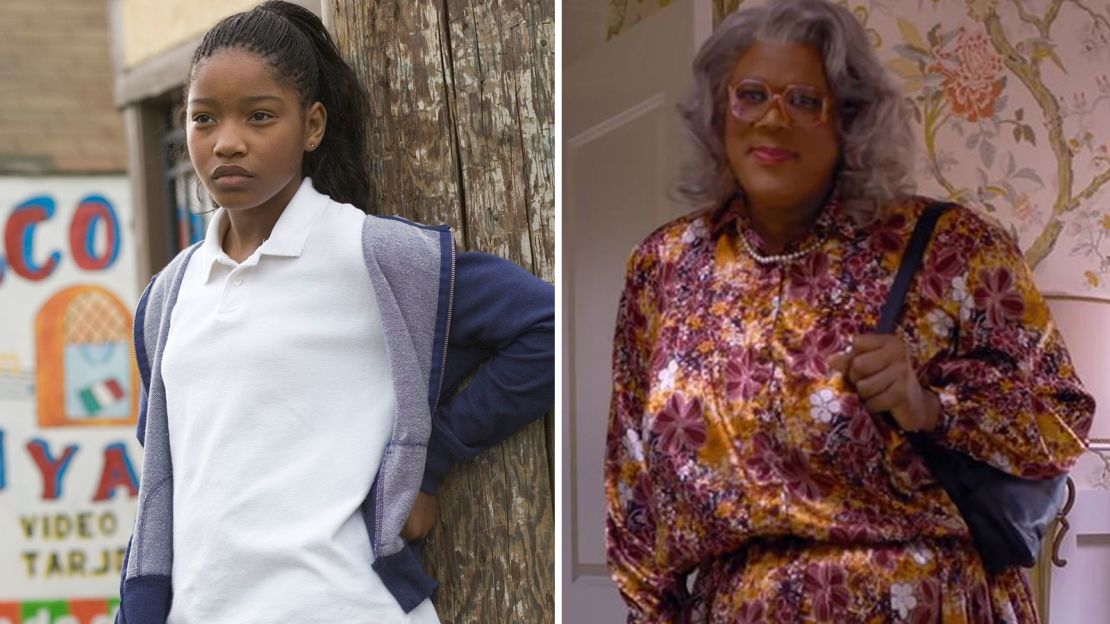
“Akeelah and the Bee” presents a character rarely seen on film: a Black girl in South Central Los Angeles who discovers she is a spelling prodigy. Almost every movie about Black people in South Central has focused on gangs – “Akeelah” is about a humble girl’s brilliance.
Tyler Perry’s “Madea” movies – Some say the “Madea” movies are modern-day minstrel shows that reinforce stereotypes about Black people. But Perry’s Madea is a character that many Black families can relate to: a sanctified matriarch who will quote the Bible to you one minute and spank you with a leather belt the next.
“Freestyle: The Art of Rhyme” – I’m more of a classic R&B and jazz fan, but I appreciate how my culture celebrates verbal dexterity, whether it’s in the barbershop or a rap duel. This 2000 documentary documents the history of freestyle rap – spontaneous verbal rhymes, often spit out in impromptu street duels – and the exhilaration of this Black artform.

“Lovers Rock” – Steve McQueen’s recent film has been described as a movie that “shows what happens when White people aren’t looking – the rapture in Black joy, experienced privately.” It focuses on a group of Black Londoners who gather at a house party one night in 1980 to eat, dance and flirt as reggae pulsates in the background. The movie captures the vibe of the “blue light in the basement” parties I saw growing up, where Black folks would call up their friends on a Saturday night, trot out the wine and vinyl records, and brush off the tension of the week.
Black music, which gave America the blues and jazz, grew out of the trauma of slavery. But these songs, from the 1960s to the present, transcend the pain that spawned our music’s birth.
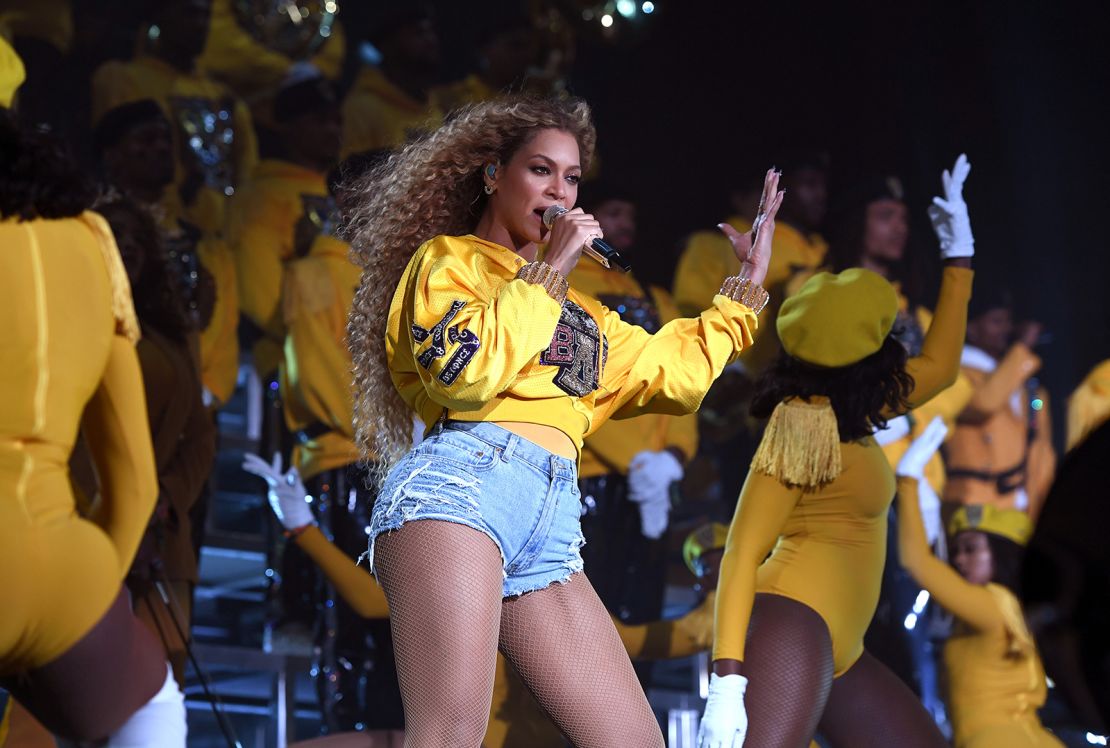
“Brown Skin Girl,” by Beyoncé, Saint Jhn, WizKid and Blue Ivy Carter – This 2019 song, co-written by Beyoncé’s then-7-year-old daughter, is an infectious celebration of the beauty of dark-skinned women.
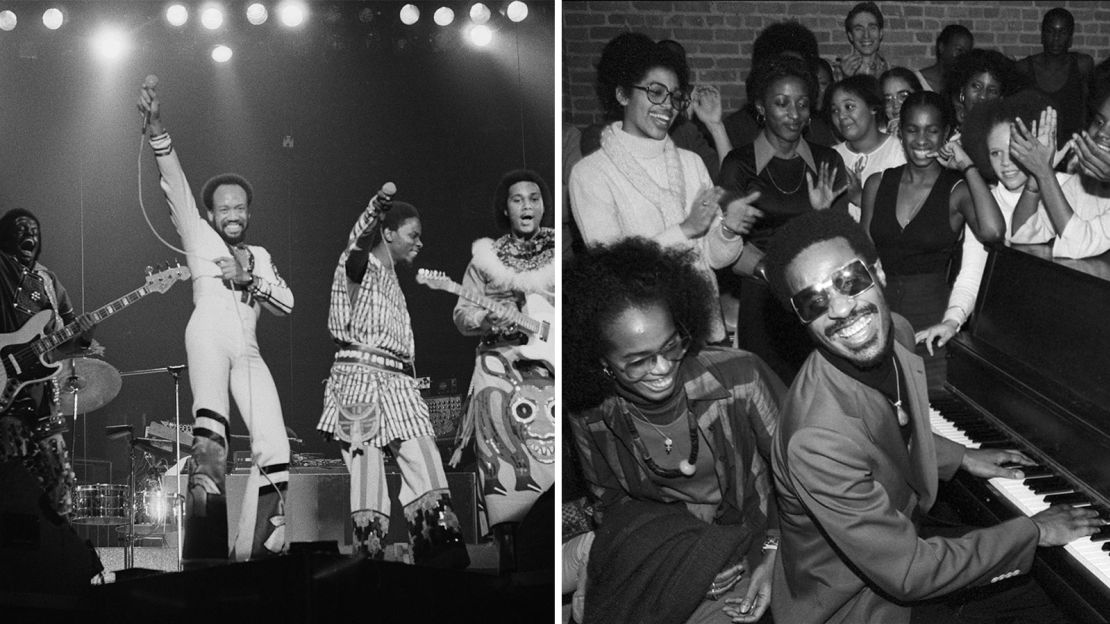
Earth Wind & Fire’s “September” is one those classic R&B grooves that still brings people to their feet four decades after its release.
Stevie Wonder’s “Isn’t She Lovely” – This exuberant 1976 song from Wonder’s “Songs in The Key of Life” celebrates the joys of fatherhood – it opens with the sound of a newborn baby crying – by a musical genius at the peak of his artistic powers.
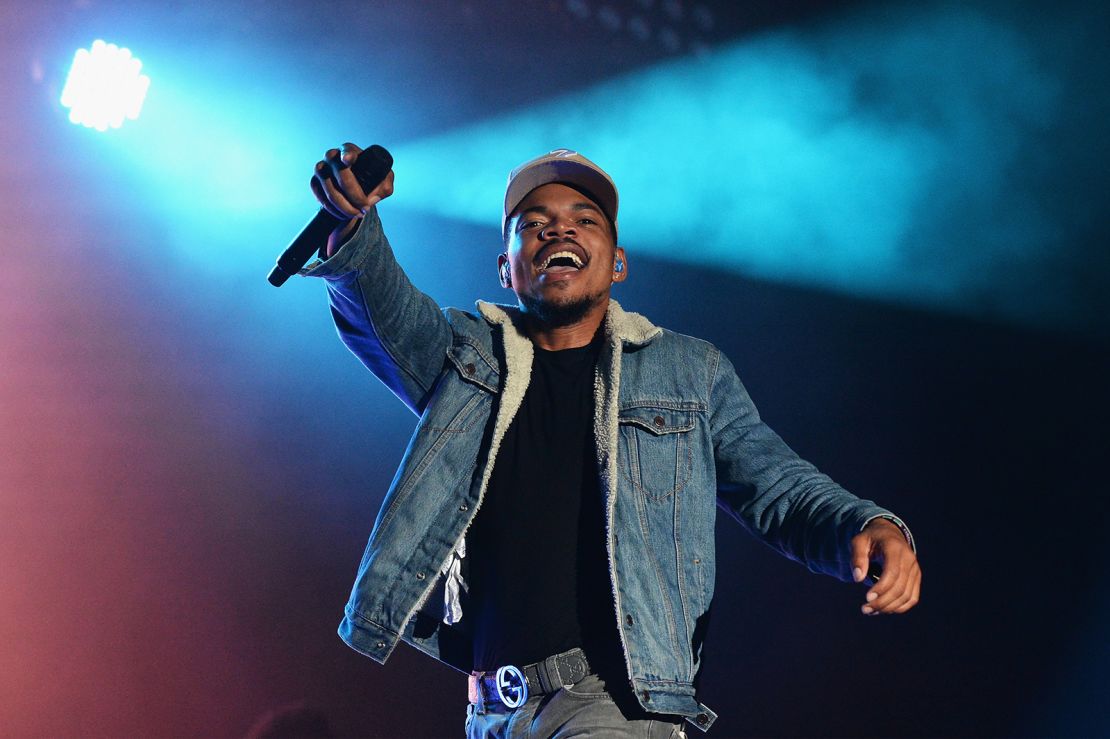
“Sunday Candy,” by Donnie Trumpet & the Social Experiment – This song by Chance the Rapper and other members of the hip hop collective is a sweet tribute to his grandmother and the peppermints she’d give him at church. One critic says it sounds like it was written “out of total joy.”
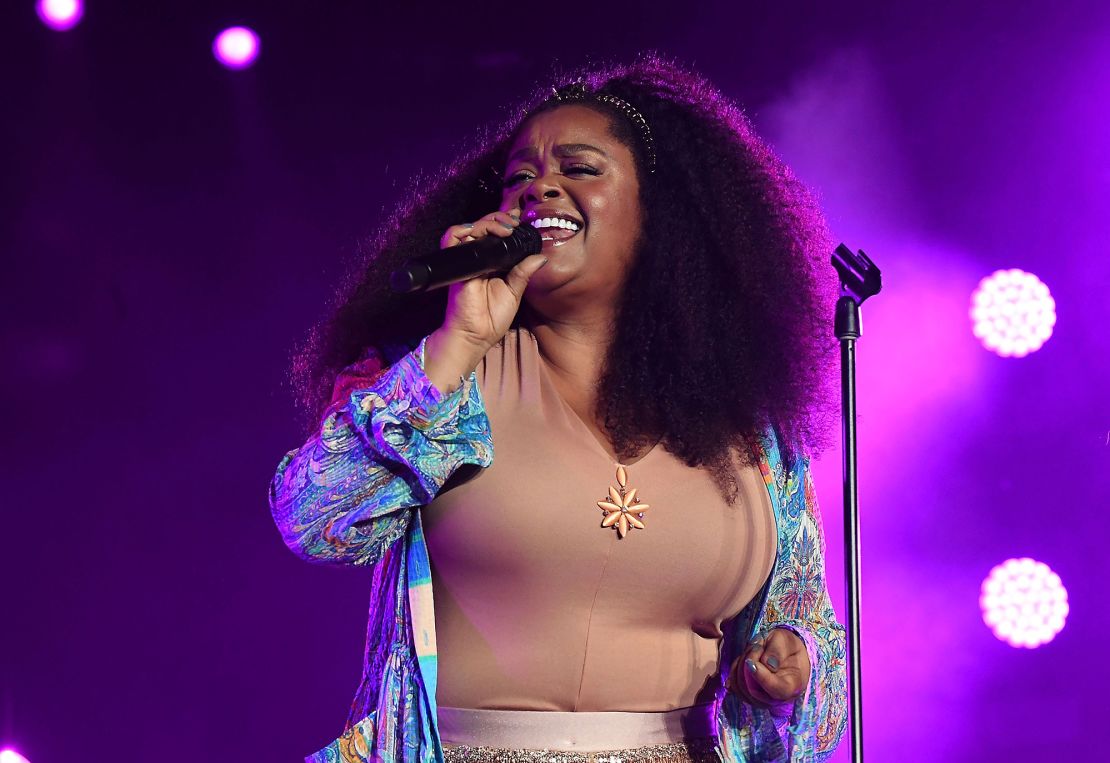
Jill Scott’s “Golden” is an ultimate feel-good song, bursting with sassiness, optimism and a defiant joy. The 2004 hit has Scott singing about “taking my freedom, putting it in my stroll.” It’s become a personal anthem for many Black women.
Lupe Fiasco’s “Sunshine” is proof that a rapper can be just as romantic and clever as any wordsmith in any genre or medium. He says, I “never met her before, but I think I like her like a metaphor.”
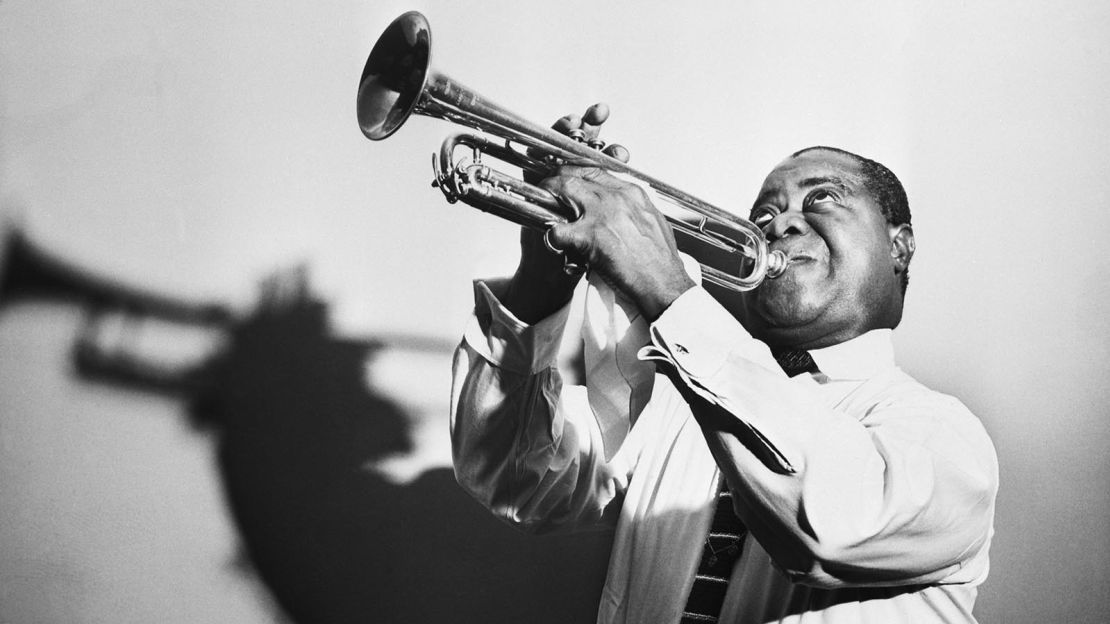
Louis Armstrong’s “What a Wonderful World” is a sublime expression of the inherent optimism of the most important jazz musician of the 20th century.
“Oh Happy Day,” Edwin Hawkins Singers – Perhaps no song captures the joy and resilience of the Black Christian faith like this uplifting tune, which became an unlikely crossover hit in 1969 and helped spawn the contemporary gospel genre. Based on an old hymn, the song since become a gospel standard, sung throughout the world. “Oh Happy Day” reminds me of the faith of a Black woman who raised me. You can’t not feel better after listening to it.
For decades roles for Black television actors were confined to criminals, nannies and characters “scratching and surviving.” Now many are thriving in roles and shows where racism and suffering are no longer center stage.

“Atlanta” – Donald Glover created and stars in this brilliant FX series about a college dropout and his social circle in the Black mecca of the American South. Absurd and funny one minute, surreal and scary the next, it’s one of the most offbeat depictions of Black life I’ve ever seen. From a Black Justin Bieber to a freaky, Michael Jackson-like recluse, I never quite know what to expect.
“Black Love” – This documentary series from Oprah’s network is a tender and honest look at actual Black couples in love. I’m accustomed to seeing Black love depicted through anguished stories about single moms and fathers in jail. This was a welcome change of pace.
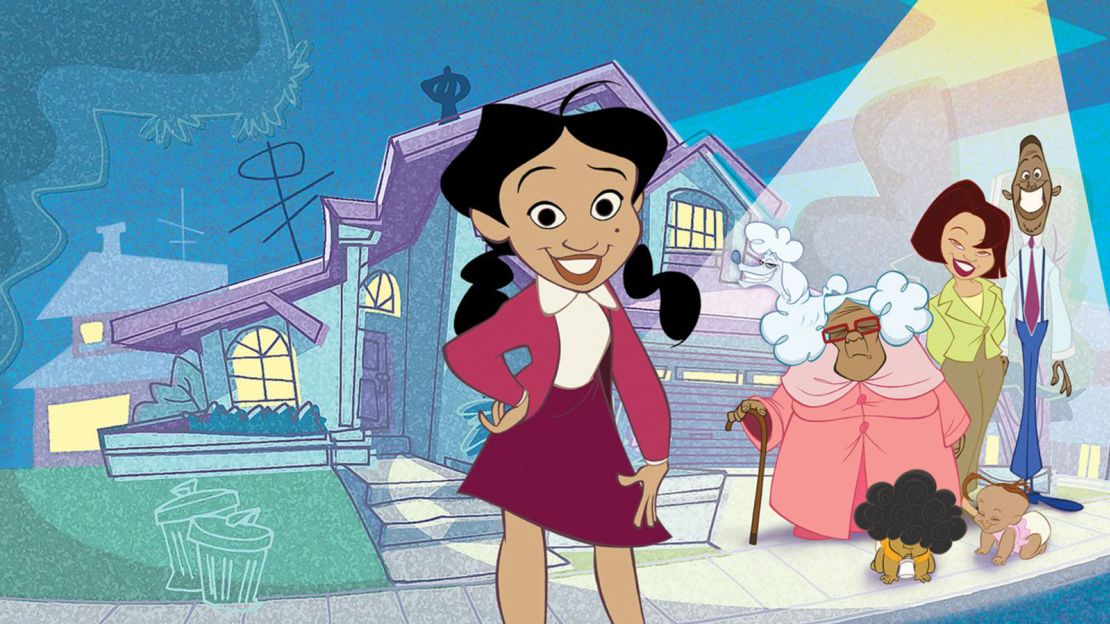
“The Proud Family” – I rarely saw Black characters in cartoons as a kid. This animated Disney Channel sitcom from the early 2000s shows how a gifted Black teenager navigates peer pressure and her overprotective family. It’s made me appreciate how the choices for Black kids who like cartoons is now so much better.
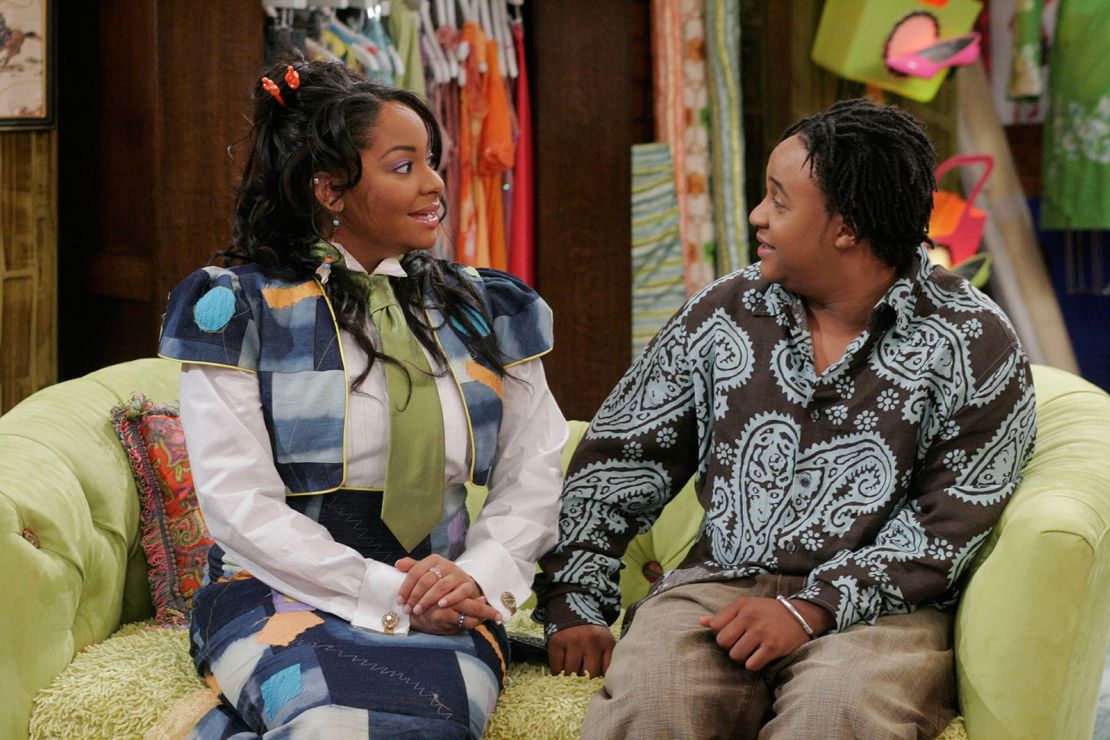
“That’s So Raven” – The title character in this popular Disney Channel sitcom is a teenage Black girl with psychic abilities. The show, which ended in 2007, is another example of a rare series that shows Black teenagers as lovable, ordinary people (except for that psychic abilities part).
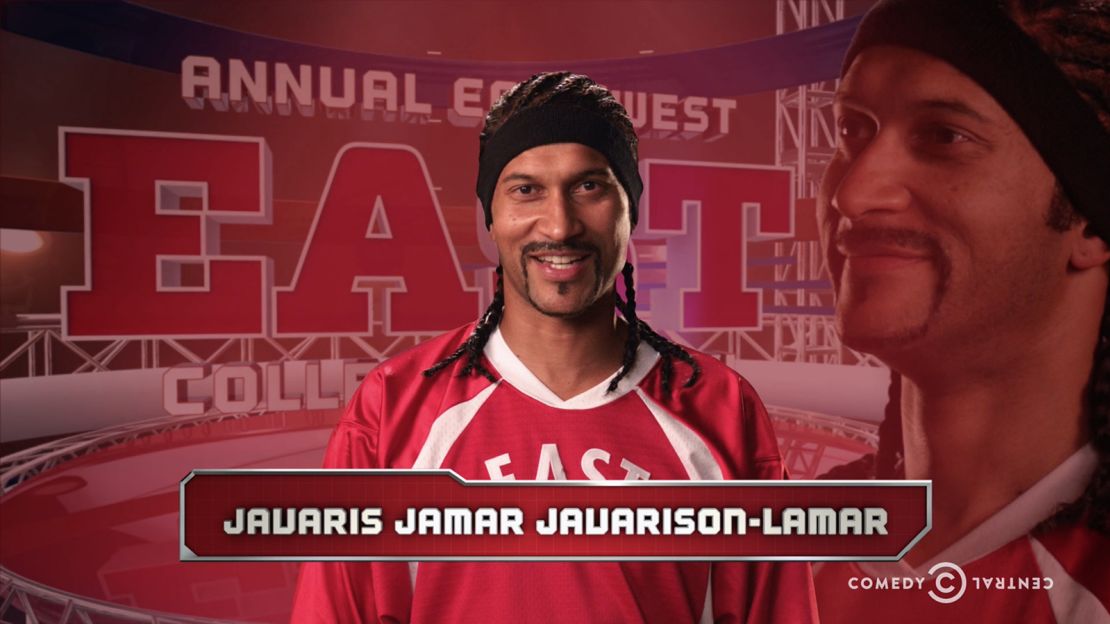
“Key & Peele” – I still go to YouTube to watch Key & Peele sketches. The Comedy Central show by Keegan-Michael Key and Jordan Peele was laugh-out-loud funny and offered some of the most sharpest comic observations on race I’ve ever seen. Some friends still call me “Ba-la-kay” after the classic sketch about the Black substitute teacher who can’t pronounce his White students’ names correctly. The show ended six years ago but continues to make its mark on popular culture.
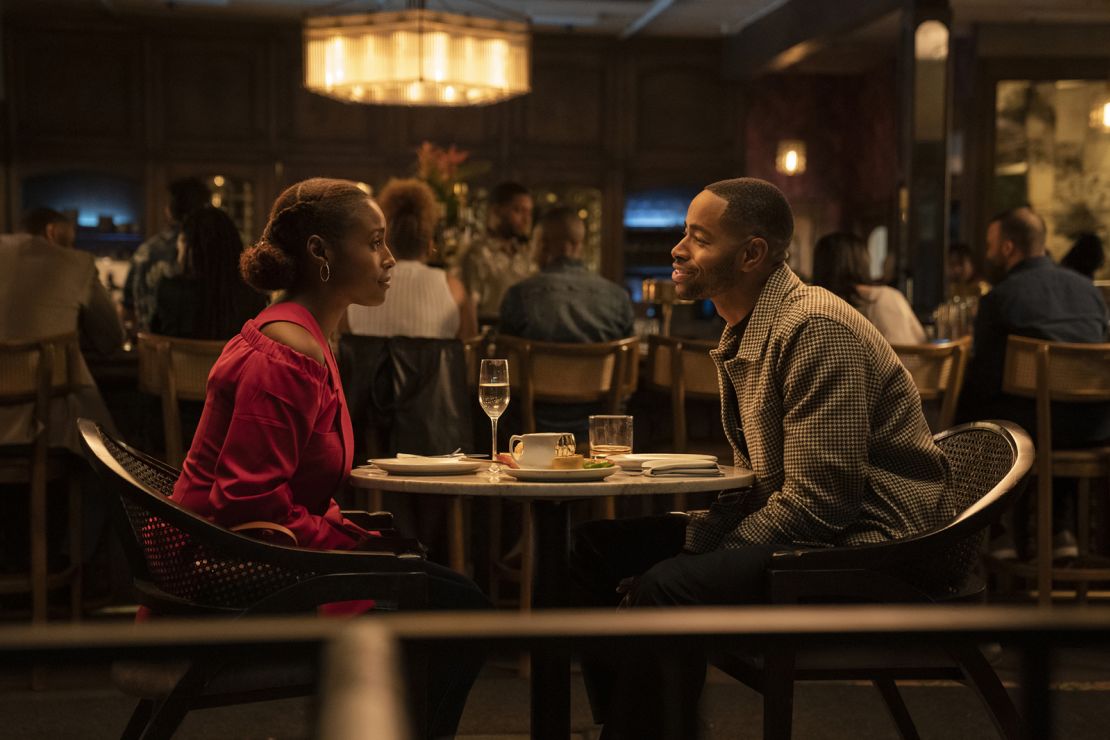
“Insecure” – Issa Rae’s HBO series about the romantic and career tribulations of a group of Black women friends reflects a diverse community in Los Angeles that Hollywood had once defined by gangs and violence.
Some of the most famous books by Black authors focus on the tragic impact of racism. But there are Black writers in sci-fi, romance and other genres whose works transcend race.

“The Broken Earth” trilogy, by N.K. Jemisin – The first Black woman to receive a Hugo Award, Jemisin set this trilogy in a post-apocalyptic planet ravaged by earthquakes. The series centers on a woman who must find her kidnapped daughter while concealing her own secret powers. Its success signaled that authors of color are making themselves heard in a field once dominated by White writers.
“China,” by Charles Johnson – This is one of the most exquisitely funny short stories I’ve ever read. Imagine “Sanford and Son” meets “Enter the Dragon.” It follows the evolution of a broken-down, middle-aged Black postal worker who discovers Buddhism – and his inner Bruce Lee.
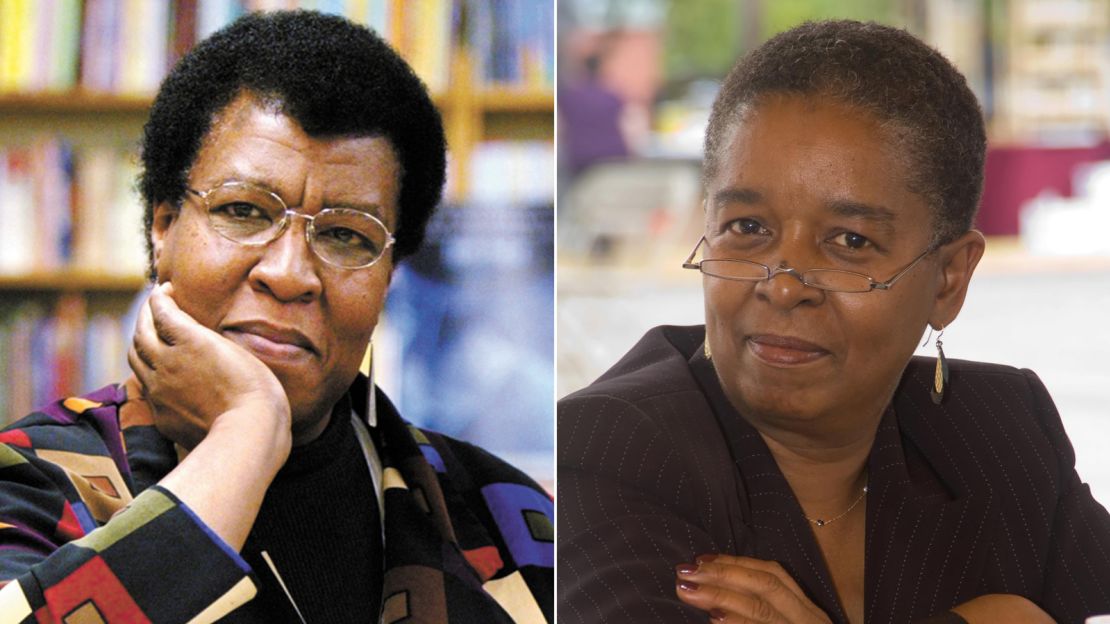
“The Parable of the Sower,” by Octavia E. Butler – Before Jemisin, there was Butler. I’m a sci-fi and fantasy fan and I’ve heard so many authors of color talk about how Butler inspired them. Before she died in 2006 Butler was a mentor who showed that Black women could write sci-fi and fantasy. Her 1993 novel, “The Parable of the Sower,” is about a young woman who creates her own belief system to help navigate a dystopian world.
“Deadly Sexy,” by Beverly Jenkins – Whenever I used to look at the covers of romance novels, the characters were always White. Jenkins helped changed that. She’s one of the leading voices in a genre known as multicultural romance. She’s written historical novels about slavery, but in “Deadly Sexy,” she crafted a contemporary erotic thriller about rich, smart and sexy Black people.
“If This World Were Mine,” by E. Lynn Harris – Gay characters were largely invisible or caricatured in Black literature until Harris came along in the 1990s with best-selling novels like, “If This World Were Mine,” which featured Black gay men in the closet or on the down-low. It was a revelation to read about this subculture that had been hidden from me – and the first time I had seen Black gay men treated with dignity and empathy.
One of the most popular slogans from the Black Arts Movement of the 1960s was “Black is beautiful.” No group has reinforced that message like Black visual artists, who have created some of the most gorgeous portrayals of Blackness. Now they’re finally getting the recognition, and museum space, that was denied to many of their predecessors.
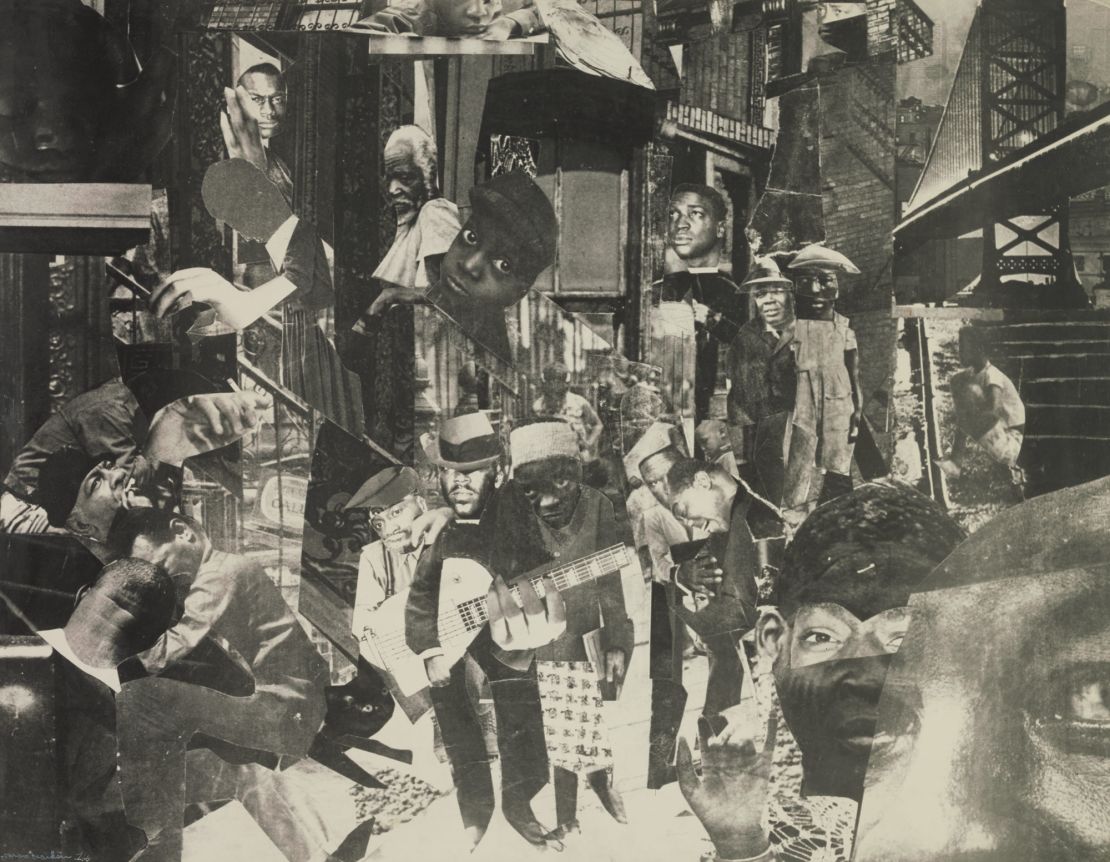
Romare Bearden was a fascinating artist, poet, and songwriter who could have passed for White but refused to do so. I was drawn in particular to his paintings and collages that focused on Black musicians and singers.
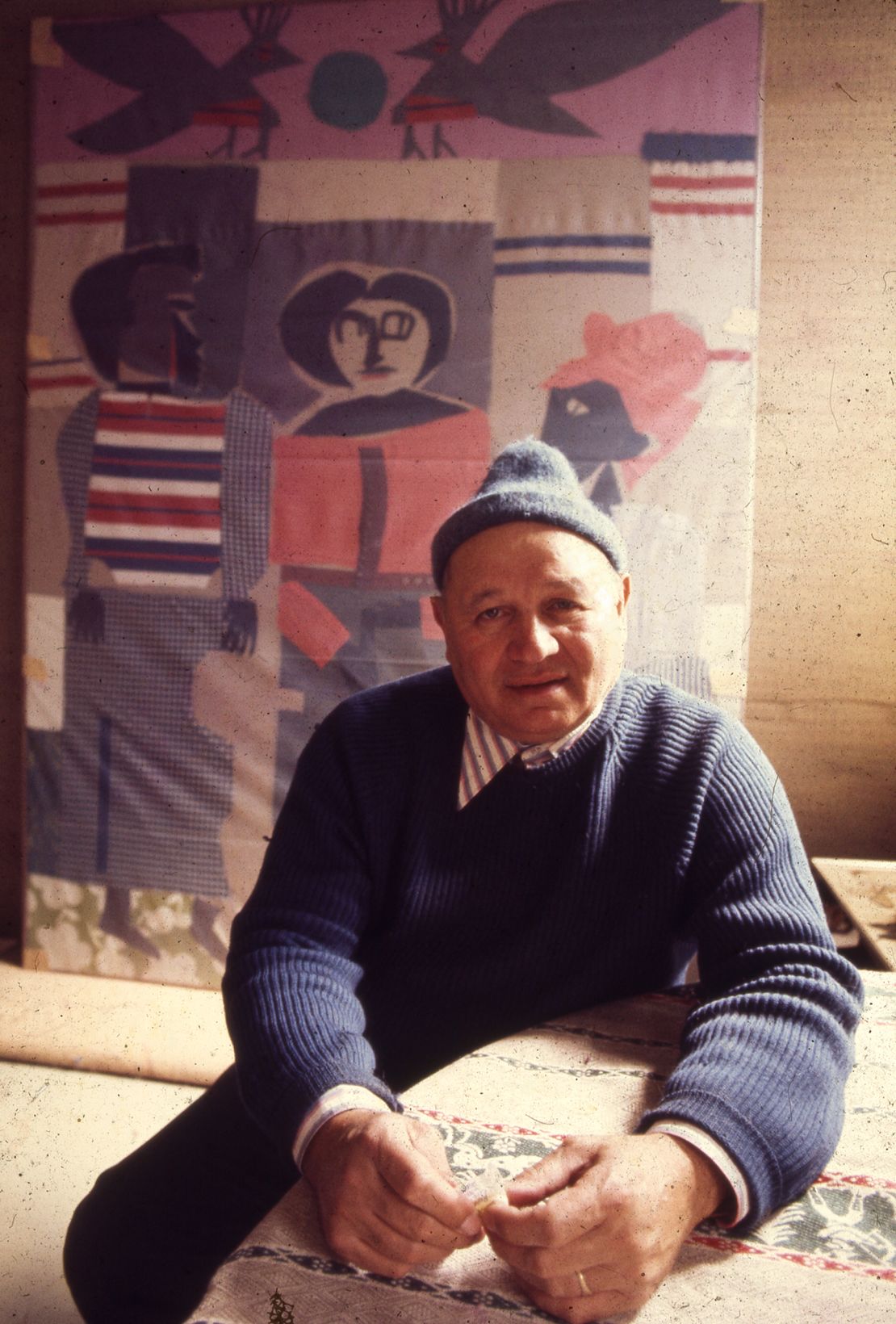
One of my favorites is “Jamming at the Savoy,” which evokes the nocturnal world of cool, stylish Black jazz musicians who never let racism keep them from their art.
Toyin Ojih Odutola is a contemporary Nigerian American artist known for drawing enigmatic portraits of people in pastels, pencils and charcoal. Her work was featured on the TV show, “Empire.”

Harmonia Rosales is a contemporary Afro Cuban-American visual artist who reinterprets Renaissance masterworks with Black heroines. In “The Creation of God,” she does something that is so daring: She depicts God as a Black woman.
Temi Coker is a digital artist and photographer whose vibrant work often reflects his upbringing in Nigeria. One of his best-known works is a portrait of Kanye West with crystals coming out of his head.
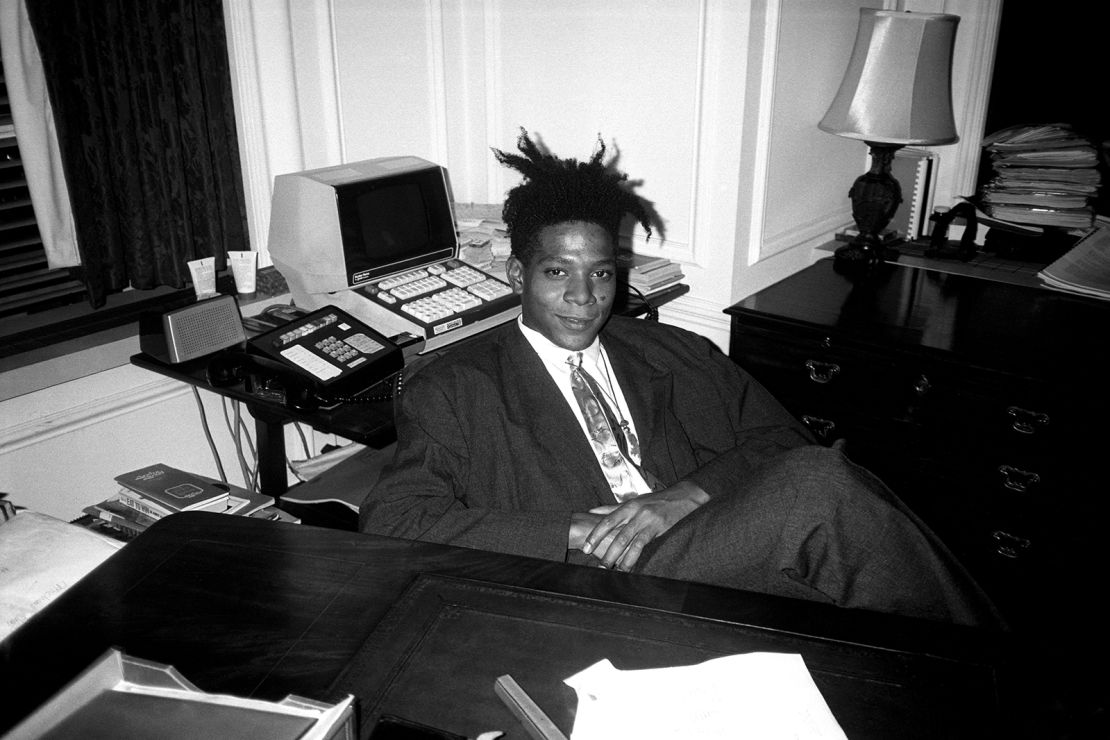
Jean-Michel Basquiat went from an unknown street artist to an international sensation before his untimely death at 27 from a drug overdose. He started off spray-painting on New York City’s streets and subways but eventually inspired curators to place his expressionistic art, which referenced everything from Biblical verses to pop culture icons, in some of the finest museums in the world.
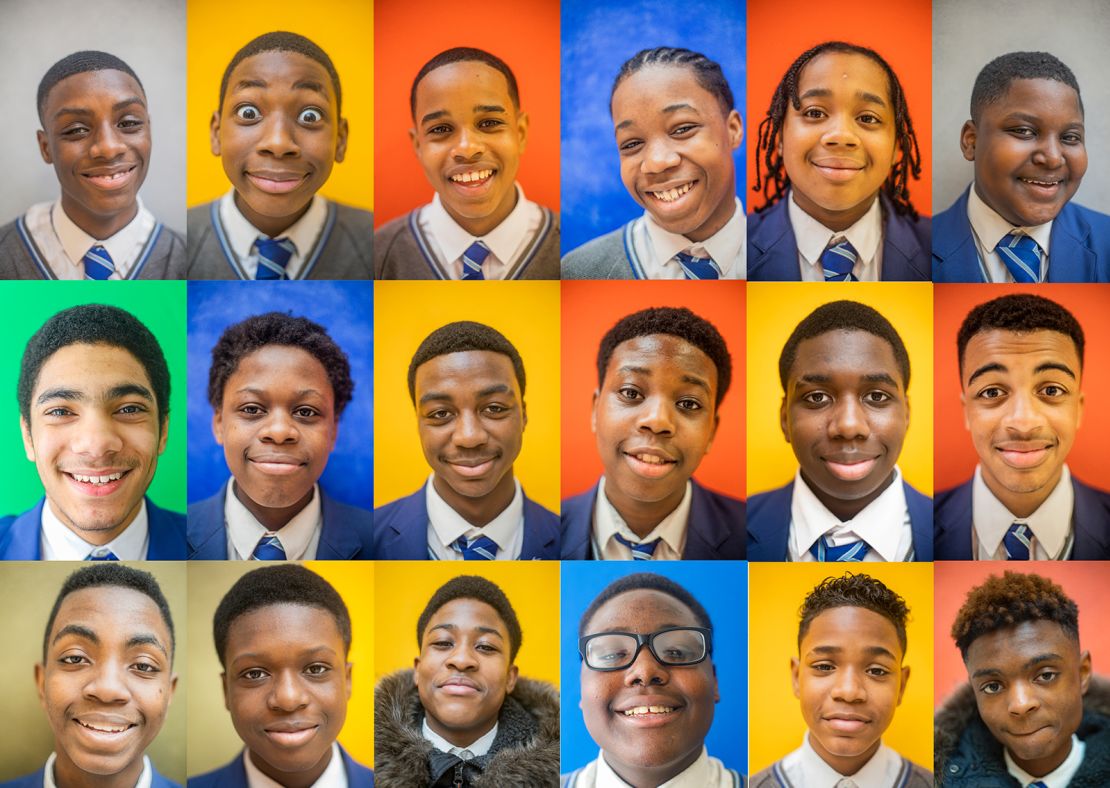
Kay Rufai is a British-based photographer who tackled something novel: portraits of happy-looking Black boys in the “S.M.I.L.E-ING Boys Project,” created as a response to what he saw as the criminalization of Black youth in London. I never knew portraits depicting faces of Black boys smiling could be so powerful.
Correction: A previous version of this story contained a photo that misidentified “Deadly Sexy” author Beverly Jenkins. That image has been replaced.
Contributors: Illustrations for this story were done by CNN’s Gabrielle Smith. Photo editing by Rebecca Wright. Visual editing by Allie Schmitz. Animation by Melody Shih.
Illustrations for this story were done by CNN’s Gabrielle Smith. Photo editing by Rebecca Wright. Visual editing by Allie Schmitz. Animation by Melody Shih.




